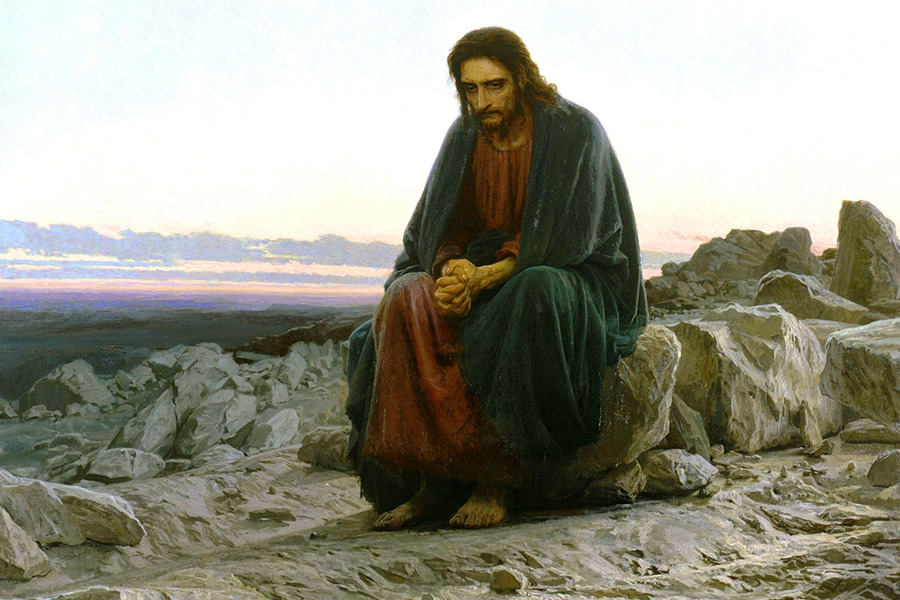
Whoever Believes In Him Will Not Be Condemned
03-10-2024Weekly ReflectionFr. Manasseh Iorchir, VCThe First Readings of the Sundays of the Season of Lent for “Year B” are arranged in such a way that they follow a certain order in the history of salvation. The First Reading of the First Sunday of Lent introduces us to the covenant God made with Noah after the flood. On the Second Sunday of Lent, we are reminded of the Covenant between God and Abraham, our father in faith. This is followed by the Sinai experience on the Third Sunday of Lent where God made a Covenant with the people of Israel who were now in the process of becoming a nation. This weekend, the Fourth Sunday of Lent, the First Reading dwells on how Israel deviated from the terms of the Covenant thereby incurring the wrath of God. God responded by allowing them to be exiled, and the Lord showed them mercy by using a pagan King to restore them to their land and faith. We shall read about the promise of the New Covenant from the prophet Jeremiah next Sunday, and on Passion Sunday, we shall begin the celebration of the consummation of this New Covenant through the salvific work of the suffering servant.
The Book of Chronicles recounts that in those days, Israel led by her princes and priests polluted the Temple in Jerusalem with idolatry. God responded by sending them a series of prophets who warned them of the consequences of national infidelity to God. Of course these warnings fell on deaf ears as Israel scoffed at the Lord’s messengers and continued with her faithlessness towards God. This inflamed the Lord’s anger and He allowed them to be dominated by their foreign adversaries who plundered and destroyed their city, put many to the sword and sent their people to exile in foreign lands. However, being a merciful God, the Lord forgave their transgressions and raised Cyrus, a Persian king whom He empowered to decree the return of Israel to their ancestral homeland and the restoration of the Temple. With this, the worship of the one true God returned to the land.
The Gospel passage which is part of Jesus’ discourse with Nicodemus, his “nocturnal disciple,” demonstrates the extent of God’s mercy and love for all people. Jesus made it clear that the Father would have His Son raised on the cross just as Moses raised the bronze serpent in the old dispensation. Just as those who looked up to the sign of the bronze serpent received healing from snakebites in the desert during their journey to the promised land, so will all who believe in the Son of God given to and for us by the Father and raised as a standard of Divine love for our salvation, receive by His (the Son’s) merits salvation in abundance as we journey towards eternity. The bronze serpent is the Sacrament of the Old Testament, a sign pointing to the reality of the redemp ve crucifixion of Christ, which will confer salvation not only to a nation of believers but to all believers from all nations. This comes with a presupposition: that we all recognize Christ the light, believe in Him and let our belief become verifiably evident in our lives.
As we continue with our Lenten journey, we pray that the light that Christ graciously bestows will penetrate our hearts, effect true repentance and reconciliation within us, and keep burning even after the festivities of Easter.
Please be kind and may God bless you.
Fr. Manasseh
BACK TO LIST